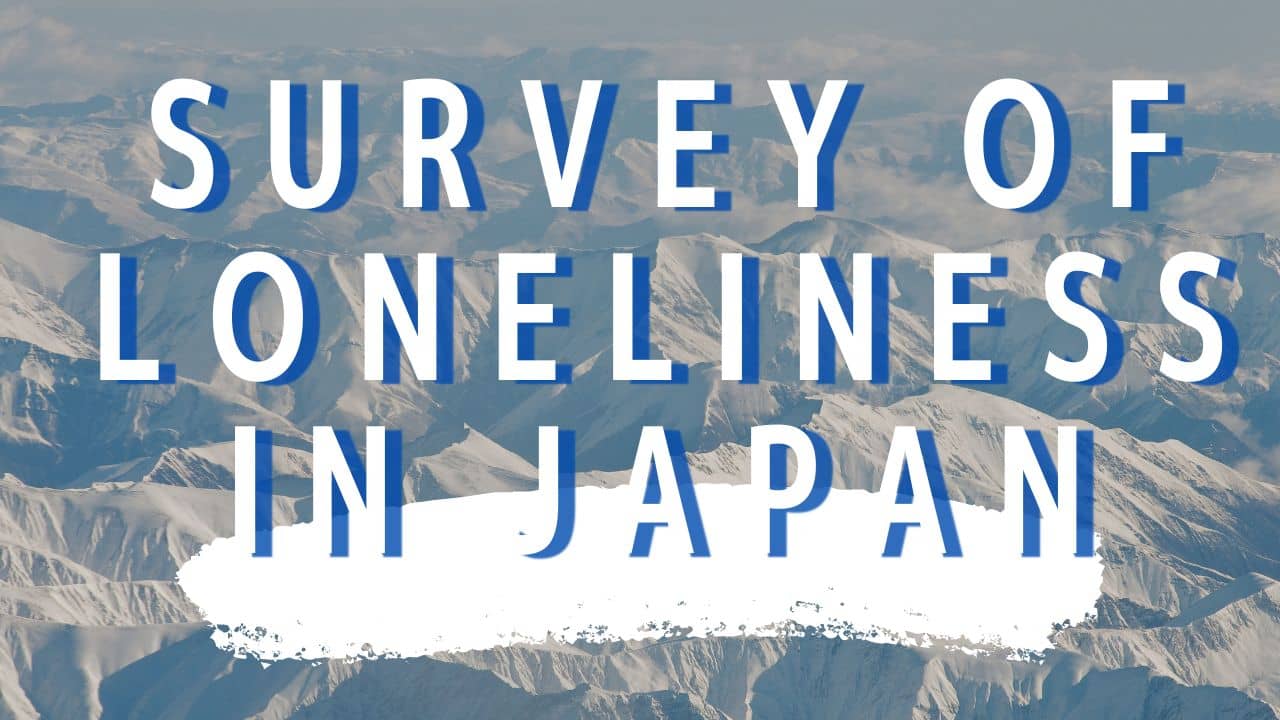-
Survey on Social Isolation Based on Workplace and Occupation: Students and corporate executives experience less isolation, while homemakers, unemployed individuals, and those without a job face a significant sense of isolation.
I am summarizing government-released statistical information. For more detailed data, please refer to the government statistics portal (e-Stat) or the statistics data published by respective ministries and agencies. Isolation at the workplace based on occupation: Frequency of direct conversation is highest among students and corporate executives. Lowest among the unemployed. Regular Employees vs. Non-Regular Employees:…
-
Feelings of social isolation in terms of the presence or absence of a spouse are polarized among unmarried individuals, while those who have experienced divorce or the death of a partner face more severe deficits in social interaction.
I am compiling government-released statistical information. For more detailed data, please refer to the government statistics portal (e-Stat) or the statistics data published by respective ministries and agencies. The frequency of face-to-face communication reveals a significant communication disparity among unmarried individuals. This survey examined the frequency of direct face-to-face communication and interaction with family and…
-
Social Interaction (Loneliness) between Genders: SNS Popular in Teens, Email and Face-to-Face Conversations Remain Vital for Those 70s and 80s Plus.
I’m summarizing government-released statistical information. For more detailed insights, please refer to the government’s statistical portal (e-Stat) or the statistical data published by various ministries and agencies. Male Communication Patterns: Younger individuals prefer social media, while older adults prioritize direct conversations. This data presents findings on the sense of isolation among men across various age…
-
Survey on Social Isolation: Understanding the State of Social Isolation through Direct Conversation, Social Media, Phone Calls, Video Chats, Emails, etc.
I’m putting together government-released statistical information. For more detailed data, please check the government’s comprehensive statistics portal (e-Stat) or the statistics data published by respective ministries and agencies. The status of social isolation (social interaction) by age group. The frequency of face-to-face communication. “The survey aimed to explore how the sense of isolation varies across…
-
Occupational Loneliness Survey: Both Genders Report the Highest Levels of Loneliness in Unemployment, with Men Also Expressing High Levels in Self-Employment.
Statistical information released by the government is summarized. If you would like to check more detailed information, please check the General Office of Government Statistics (e-Stat) or statistical data published by each ministry and agency. Percentage of people who feel lonely by current occupation When looking at loneliness based on current occupation, there are variations…
-
Loneliness Survey by Educational Background: Loneliness Most Evident in Men with Junior College Education and Women with Graduate Degrees
Loneliness by Highest Educational Attainment: Men with Junior College Degrees and Women with Graduate Degrees Experience Loneliness Most When summarizing the impact of the highest educational attainment, the following features can be observed: Points to Consider in Understanding Loneliness Generally, loneliness is influenced by individual experiences and circumstances, making it difficult to explain with a…
-
Loneliness Statistics Survey: Divorce, Separation, and Living Alone Linked to Increased Loneliness
I am summarizing government-released statistical information. If you would like more detailed information, please visit the government statistics portal (e-Stat) or refer to the statistical data published by various government ministries and agencies. Percentage of People Feeling Loneliness Based on Marital Status Unmarried Individuals:Unmarried individuals have a relatively high “always” factor in their lives, scoring…
-
The Self-Defense Forces’ activity records include: emergency medical transport, emergency dispatch, disaster relief operations, and disposal of unexploded ordnance, among others.
I’m compiling government-released statistical information. For more detailed data, please refer to the Government Statistics Portal (e-Stat) or the statistical data published by respective government ministries and agencies. “ The record of emergency patient transport by the Self-Defense Forces. The achievement data for emergency patient transport by the Self-Defense Forces on an annual basis is…
-
“The List of US Military Facilities in Japan in the Reiwa 4th year: Hokkaido’s Betsukai-Yausubetsu Large Training Area is the largest, with other significant facilities in Tokyo, Okinawa, Kanagawa, Aomori, and other regions.”
Contains information about U.S. Forces Japan facilities and areas stationed in Japan. These facilities and areas are mainly used for communications, airfields, warehouses, exercise grounds, offices, ports, barracks, residential and other uses. Each facility and area is geographically dispersed, with a wide area from Hokkaido to Okinawa.
-
Statistical information regarding the number and area of critical Self-Defense Force facilities (land) and US military facilities in Japan (areas), pivotal to Japan’s defense policy.
I am compiling government-released statistical information. For more detailed information, please refer to the Government Statistics Portal (e-Stat) or the statistical data published by respective government ministries and agencies. The regional distribution of Self-Defense Force facilities (land). summary To enhance understanding both domestically and internationally regarding our country’s defense policy, current information on Self-Defense Force…






